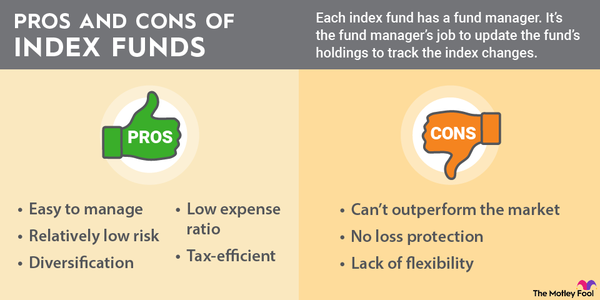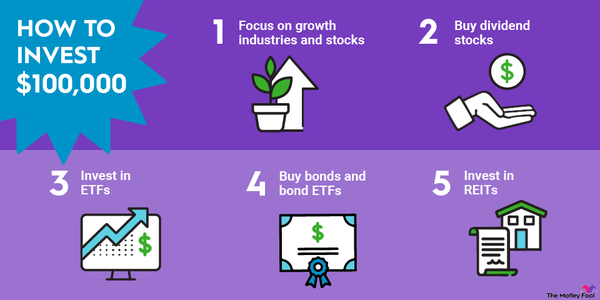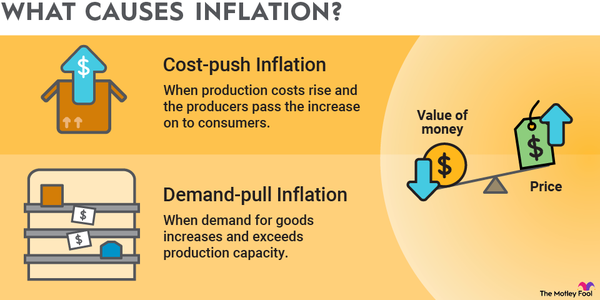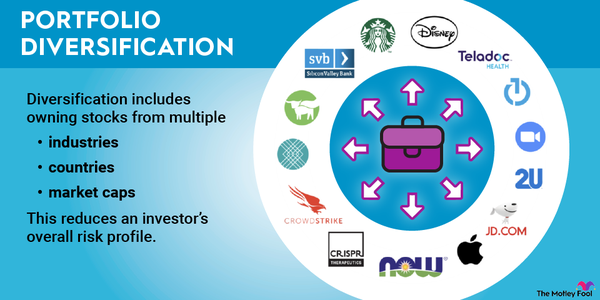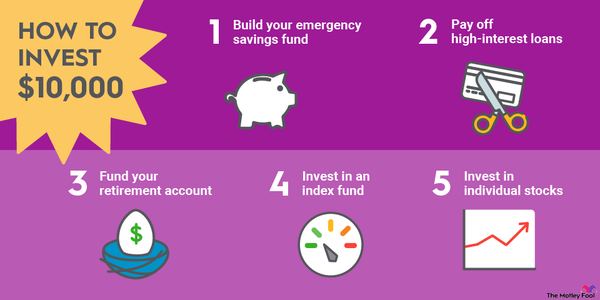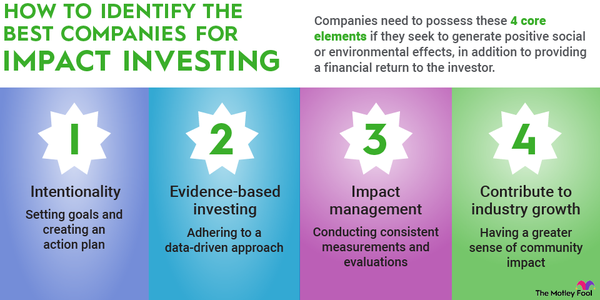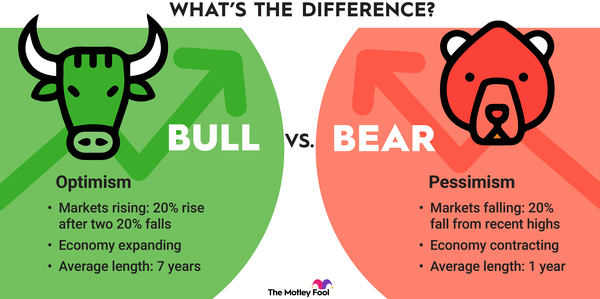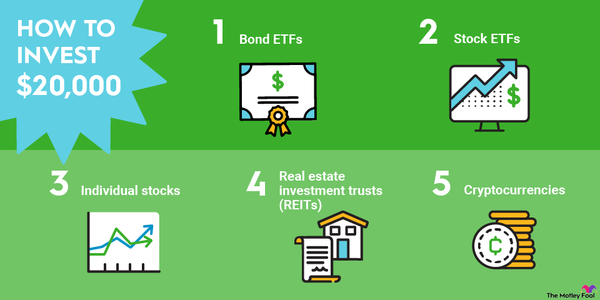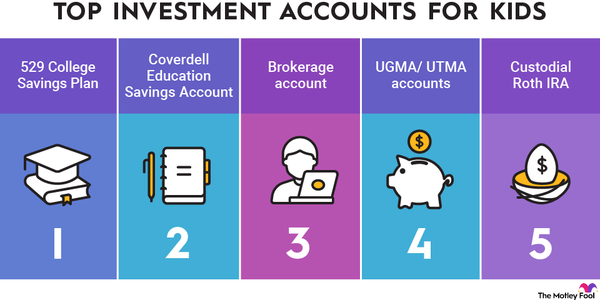When investors look at financial data, they're often concerned with past performance. Although not always applicable, an investment's historical performance can sometimes provide clues about its future performance.
Here, we’ll learn what year over year means, as well as its practical application for reading financial data.

What is year over year?
The term "year over year" is typically used when presenting some form of financial data. It's meant to describe performance over the past 12 months from the date of measurement.
For example, you might see that a company increased its operating profit by 25% year over year. Depending on when the report was published, this could mean performance increased from one second quarter to the next, or one third quarter to the next.
Be sure not to confuse "year over year" with "year to date." Year over year refers to the previous 12 months from the date of measurement, while year to date refers to performance in the current calendar year (or from the end of the previous calendar year).
In certain cases, you might also see a "fiscal" year-to-date measurement, which just means that the company uses a reporting period that differs from the standard calendar year convention.
Related Financial Data Topics
Why does year over year matter?
Year-over-year data can give current and prospective investors information about how a company has changed over a meaningful period of time. Companies that increase their revenue from one year to the next without a change in profit might be worthy of further investigation.
One of the major benefits of year-over-year reporting is that it's a simplified and standardized way to compare companies over particular time periods. It allows a reader to easily evaluate a company's performance without having to dig into specific line items in a financial statement.
Year-over-year reporting can help minimize the effects of seasonality for businesses that usually generate a significant bulk of their sales in one or two quarters. Reporting on a year-over-year basis accounts for a full 12-month period, smoothing out the effects of seasonality.
This is all to say that year-over-year information can be helpful to investors, but it is by no means deterministic. Performance over a given year can be affected by macroeconomic or industry-specific factors, so it's important to take financial statistics in context of the broader whole.
Like any piece of financial data, year-over-year metrics should be taken in conjunction with other reporting data before making a judgment on a company's future chance of success.
Year over year: Now what?
When it comes to analyzing financial data, nothing beats digging right into the company reports. The more you can read and engage, the more fluent you'll become with not only the structure of the reports but also the terminology utilized.
As a beginning exercise, try to locate the 10-K for a few companies in the same industry or sector. From there, you can easily compare year-over-year data to see how performance has evolved over the previous 12 months. By comparing several companies at once, you'll quickly get a sense as to which ones are performing well on a relative basis -- and which ones aren't.
A real world example
Some of the world's most profitable companies find a way to increase their revenue every year despite their already gigantic size.
Amazon (AMZN -1.65%), for example, increased its net income year over year by 15% in 2019, by 84% in 2020, and by an additional 56% in 2021. Basic deduction would lead us to consider that pandemic-fueled online shopping likely contributed to the substantial increase seen in 2020.
Numbers can help investors tell a story around a particular company, but they often don't tell the entire story. A combination of both financial and non-financial considerations are needed to make informed judgments about a company's future. Even then, financial projections should be made and taken with caution.











